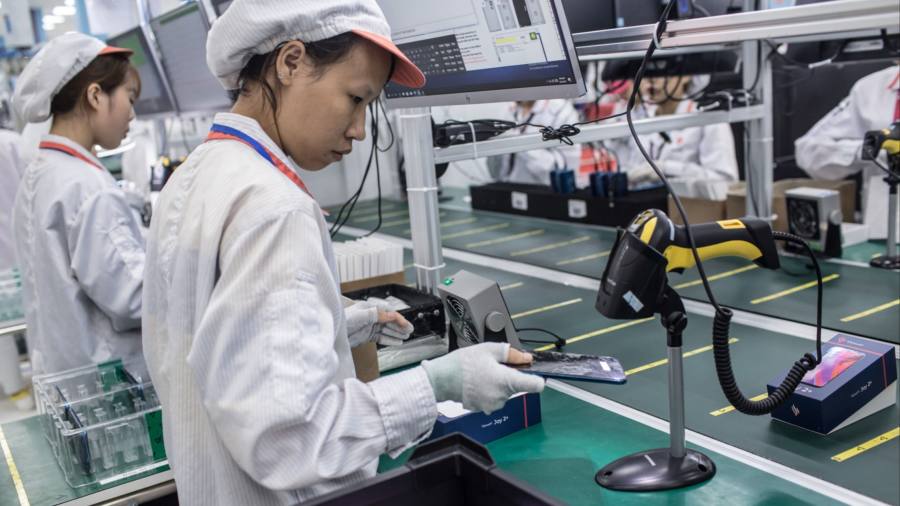
Receive free Vietnam updates
We’ll send you a myFT Daily Digest email rounding up the latest Vietnam news every morning.
After decades of showing promise, Vietnam’s economic moment may have finally arrived. It was the fastest-growing economy in Asia last year (8 per cent growth) and one of only a handful globally to achieve two consecutive years of growth since the Covid-19 pandemic.
The south-east Asian nation has become a major beneficiary of manufacturers’ efforts to “de-risk” their exposure to China as geopolitical tensions between Beijing and the west mount. Foreign direct investment soared to a decade high in 2022. Big names including Dell, Google, Microsoft and Apple have all shifted parts of their supply chain to the country in recent years, and are looking to do more as part of a “China plus one” strategy.
The allure is obvious. Since the late 1980s, its communist government has overseen a transition from a controlled economy to a more open and capitalist model. In turn, its proximity to China and vast young, cheap and well-educated workforce has attracted manufacturers. Though “Made in Vietnam” was initially synonymous with apparel such as Nike shoes, it is now increasingly associated with higher-end electronics such as Apple’s AirPods.
Businesses have grasped the opportunity to diversify their supply chains, as rising labour costs and political risks erode China’s relative advantage as a business destination. Over $20bn in FDI flowed in last year mainly from Japan, Singapore, and China. The US share of imports from Vietnam has also risen almost 2 percentage points since US-China trade tensions began to flare in 2018.
Rapid export-led growth has pulled millions out of poverty in recent decades, but Vietnam’s economy is now at a crossroads. In the near-term, to continue riding the wave of investor attention, it needs to bolster its business environment. In the long run, to meet the government’s ambitious goal of becoming a high-income economy by 2045, it must also leverage the manufacturing growth boon to diversify its economy.
Over the next decade, Vietnam must raise its productive capacity to meet the growing demands of manufacturers investment plans. Youthful demographics provide a large pool of workers to choose from, yet competition for technical skills is growing. Vietnam’s schools outperform globally, but vocational training and universities need a leg-up. A decentralised political structure means numerous signatures are needed to obtain investment approvals. Red-tape needs to be slashed. Above all, the country’s infrastructure needs upgrading — its electricity grid is straining under the weight of rising industrial demand.
The country’s onward march to high-income status is not preordained, however. Malaysia and Thailand were on a similar trajectory to Vietnam’s now in the late 1990s. But they succumbed to the so-called “middle-income trap” — when countries are unable to transition from a low-cost to a high-value economy, making it difficult to compete with both low- and high-income countries. As Vietnam’s economy grows, wages will rise too. It cannot rely on its low-cost model forever. Dependence on export-led growth would leave it vulnerable to the volatile global trading environment.
Over time, Vietnam will need to reinvest its current growth dividend to support the development of more productive, knowledge-rich sectors, to meet its 2045 goal. Backbone services like finance, logistics, and legal services create high-skilled jobs and add value to existing industries. The World Bank recommends greater support for tech adoption, strengthening management skills, and further reduction to restrictions on FDI in services.
The business excitement around Vietnam is justified. But there is much work to be done to convert today’s “de-risking” trend into long-term prosperity.